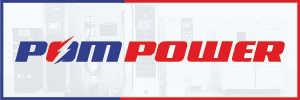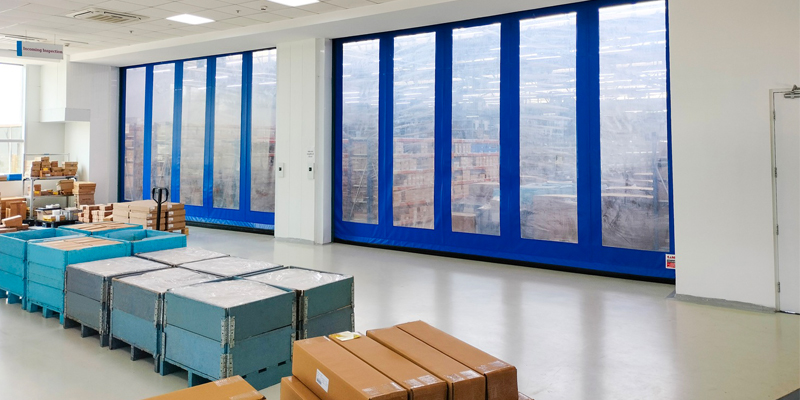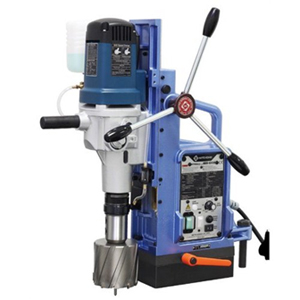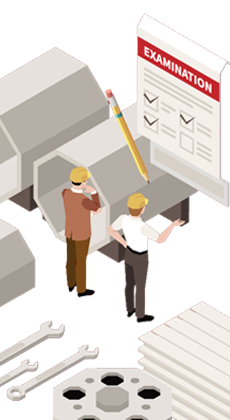Schedule a Call Back
The human-machine symbiosis: Why Industry 5.0 is the future of manufacturing
 Articles
Articles- Sep 29,25

Related Stories

The human-machine symbiosis: Why Industry 5.0 is the future of manufacturing
Industry 5.0 marks a shift from pure automation to human-machine collaboration. Dijam Panigrahi, Co-founder and COO, GridRaster Inc, explains how technologies like robot rentals, cobots, AR/VR, and ..
Read more
Digitalisation and innovation drive Indian stainless steel industry growth
India’s stainless steel industry is entering a phase where digitalisation, smart factories, and advanced materials will drive competitiveness and sustainability. Sanjay Mishra, Chief Digital & Inf..
Read more
Five Reasons Why Manufacturing Careers Stand Out
Manufacturing is emerging as a dynamic career choice, offering innovation, stability, global opportunities, and purpose-driven work across diverse disciplines. Mukesh Vasani, Founder and Chairman, A..
Read moreRelated Products
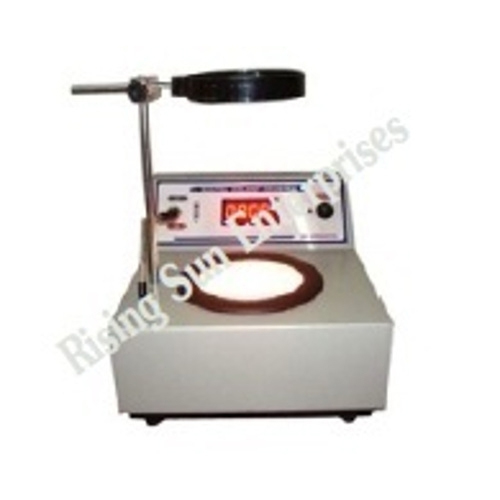
Digital Colony Counter
Rising Sun Enterprises supplies digital colony counter.
Robotic Welding SPM
Primo Automation Systems Pvt. Ltd. manufactures, supplies and exports robotic welding SPM.

Heat Exchanger Scale Removal Compound -hesr-300
Hi There!
Now get regular updates from IPF Magazine on WhatsApp!
Click on link below, message us with a simple hi, and SAVE our number
You will have subscribed to our Industrial News on Whatsapp! Enjoy



